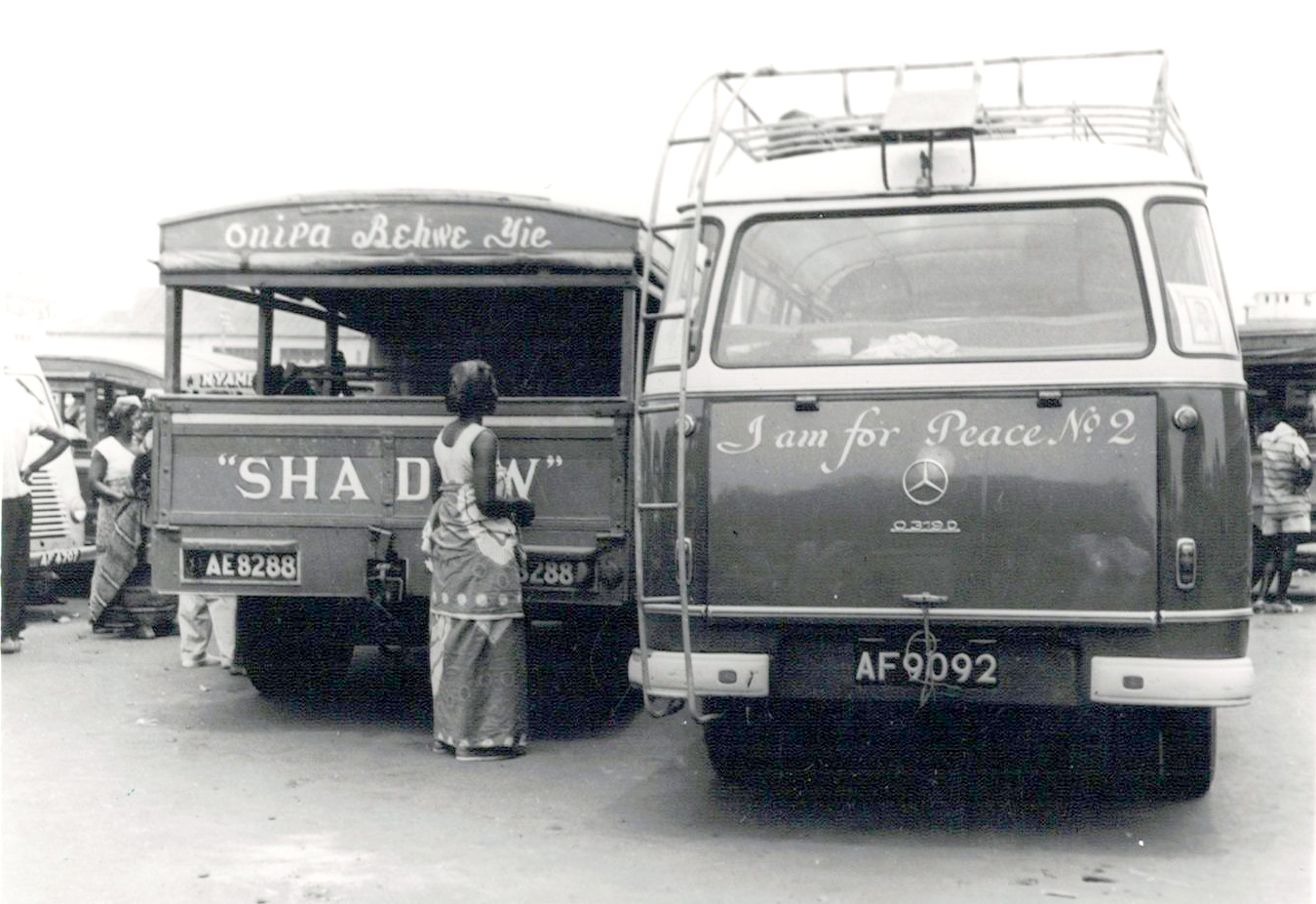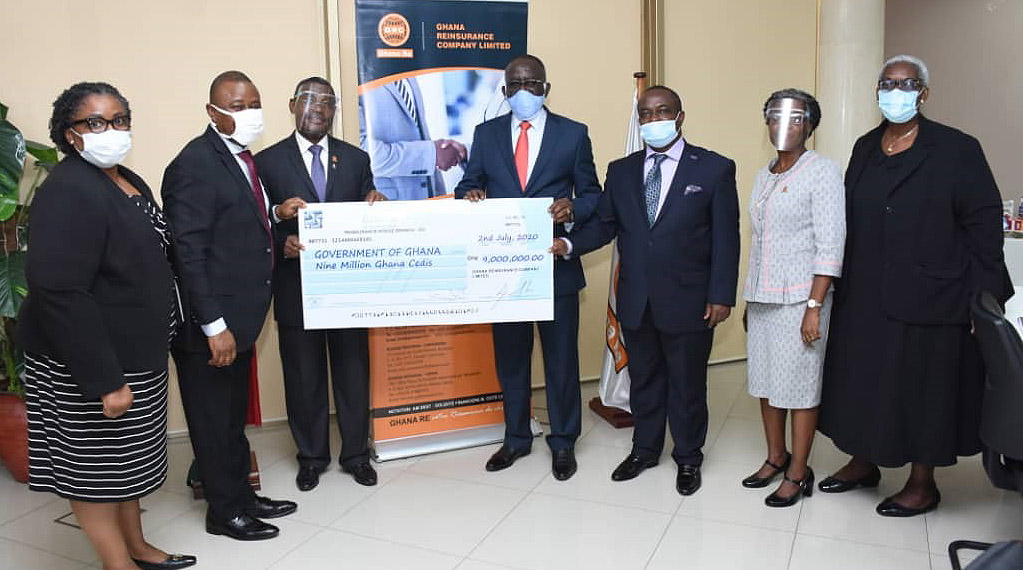The automobile and transport journey since independence
The independence story of Ghana cannot be
discussed without the automobile and transport sector. The colonial Governors
and other officials were travelling the country’s length and breadth in
automobiles of old; and today cars remain the main means of transport.
According to research, the first car to arrive in
Ghana – then Gold Coast, was in 1902. The brittle and fastidious vehicle, a
paraffin-fuelled and steam-driven French Gardner-Serpollet car, was
intended for the Governor of the time.
Since independence, Ghana’s automobile assembling
industry has come to have good support from the national government - which has
enabled it to become one of the fastest-growing sectors of the economy.
The transport and automobile industry currently
accounts for a quarter of GDP, and this year, 2021, it is expected to account
for at least 32% of GDP despite the novel coronavirus pandemic.
Also, the automotive industry - which is a chief
sector that can drive economic forces - has a
lively economy that becomes particularly attractive to importers of used
vehicles; but unfortunately, there is a ban on the import of some vehicles.
The ‘Bone-Shaker’ days and ‘Tro-Tro’
moments
Old Bedford trucks with locally-made wooden seats
were often used for intra-city travel. ‘Tro-Tro’ is a local term for any mini-bus
transport system in Ghana that runs trips from one short destination to another,
and runs between specific destinations with passengers alighting at some designated
bus stops, while others get on board and alight.
The ‘Bone-Shaker’ and ‘Tro-Tro’ transport business has
come a long way, even before Ghana’s independence from the former British colonial
masters. This business is unique for its cheaper transport fares and possible
interactions, at least with the conductor who is locally known as the ‘Mate’.
This inimitable local transport business service fosters
a collective life force between driver, conductor (Mate) and passengers. The
‘Tro-Tro’ transport industry and concept have come to stay, and needs to be
given the needed advocacy and consideration.
Vehicle owners and drivers continued to adapt as social,
political, and economic conditions changed. By the 1960s, drivers were using
the wooden-sided vehicles (the Bone-Shaker) to transport passengers in the
capital city, Accra. Throughout the 1970s and 1980s, persistent economic crises
meant that drivers and vehicle owners had to employ creative methods to keep
their vehicles on the road - even as they faced increasing governmental and
public criticism.
Many a times, ‘Tro-Tro’ stations are situated at very
busy avenues. They are often surrounded by markets or commercial buildings. It
is very easy to bump into petty traders who sell items ranging from food to
hi-tech resources like mobile phones among others.
In additional developments to expand and improve its public
transport sector, the country pursued certain policies - and this path of
development saw the establishment of many state-owned transport enterprises.
Prominent among such state-owned public transport set-ups
were Intercity STC Coaches Limited, formerly
known as STC (State Transport Corporation) and Vanef STC, a Ghanaian joint
state and privately-owned transport company that operates transport services,
courier services, driver-training as well as vehicle valuation, vehicle-testing
and maintenance, among others like Omnibus Service Authority (OSA), City
Express Service (CES) and latterly Metro Mass Transit (MMT) Limited.
The idea of setting up a national
bus carrier goes as far back as 1909. The Government Transport Department was a
governmental entity set up and tasked to look transportation solutions for the
then central government, which was the British colonial
administration.
On March 9, 1965, a legislative instrument was
enacted, and this body was mandated to manage commercial transportation
services in Ghana. A haulage division was set up somewhere in 1968 and
handed over to the STC to manage, in addition to the passenger segment they were
already handling. In the year 1995, Intercity STC - then State Transport - became
fully incorporated in Ghana to manage the state's transportation. In the year
2000, Intercity STC was taken over by a private company Vanef after it had
acquired majority shares in Intercity STC.
Presently, Intercity STC is owned by the Social
Security and National Insurance Trust (SSNIT) that has majority shares after taking
over from VANEF and the government of Ghana, which is the minority
shareholder.
Refitting the automobile industry
To provide opportunities for higher value addition
and highly skilled employment, the Ministry of Trade and Industry has developed
a comprehensive package of incentives and policy measures to support the
establishment of an automotive assembly and component manufacturing industry,
as a strategic anchor of industrialisation and a new pillar of growth in Ghana.
The government of Ghana, in August 2019, launched
the Ghana Automotive Manufacturing Development Programme (GAMDP) to promote the
manufacture of automobiles for both the domestic market and West Africa
sub-region - as it has allowed auto-manufacturers like VW, Toyota and Nissan to
establish their make in the country.
As a result of this positive signal, Ghana is
attracting investment in vehicle assembly from leading Original Equipment
Manufacturers (OEMs) and investment partners, with positive projections of
spill-overs into local manufacturing.
Volkswagen started its operation in the
first quarter of 2020 and launched a few vehicles. Toyota in 2020 also launched
two vehicles for the local market. Sinotruk, Suzuki and Nissan are set to hit
the local market with brands for the Ghanaian and sub-Saharan market, while
discussions pertaining to the operations of Renault, Kia and Hyundai are ongoing.
The Customs (Amendment) bill, 2020, seeks
to amend the Customs Act, 2015 (Act 891) to provide incentives for automotive
manufacturers and assemblers registered under the Ghana Automotive
Manufacturing Development Programme (GAMDP).
It is expected to prohibit the importation
of salvaged motor vehicles comprising wrecked, destroyed, or those physically
damaged by collision, fire, water or other occurrences, as well as specified
motor vehicles over 10 years of age into the country.
Just as Nigeria had Innoson Vehicle
Manufacturing Company Limited, an automobile and bus manufacturing company that
was founded by a son of their land, Innocent Chukwuma Nwala, and runs a plant
in Anambra State, and Uganda has Kiera motors
cooperation, Ghana is also proud to have the Apostle Safo Suaye
Technology Research Centre at Gomoa-Mpota in the
Central Region.
The company started researching into automotive components and
combinations with other parts outsourced from component suppliers to form a
complete built unit in 2004. By 2006, the first SUV (ONANTEFO) was
manufactured.
However, Ghanaians still purchase cars produced from other parts
of the world. To solve this, the Ghanaian government signed agreements with
about four various automobile companies to establish vehicle assembly plants in
Ghana.
According to Apostle Safo, one major reason why Africans continue to lag behind developed countries is the lack of confidence in made-in-Africa products. He said since many Africans, particularly Ghanaians, place more confidence in foreign goods than locally manufactured products, local investors “are not motivated and encouraged to expand their businesses, especially in the automobile sector”.





Comments
Post a Comment